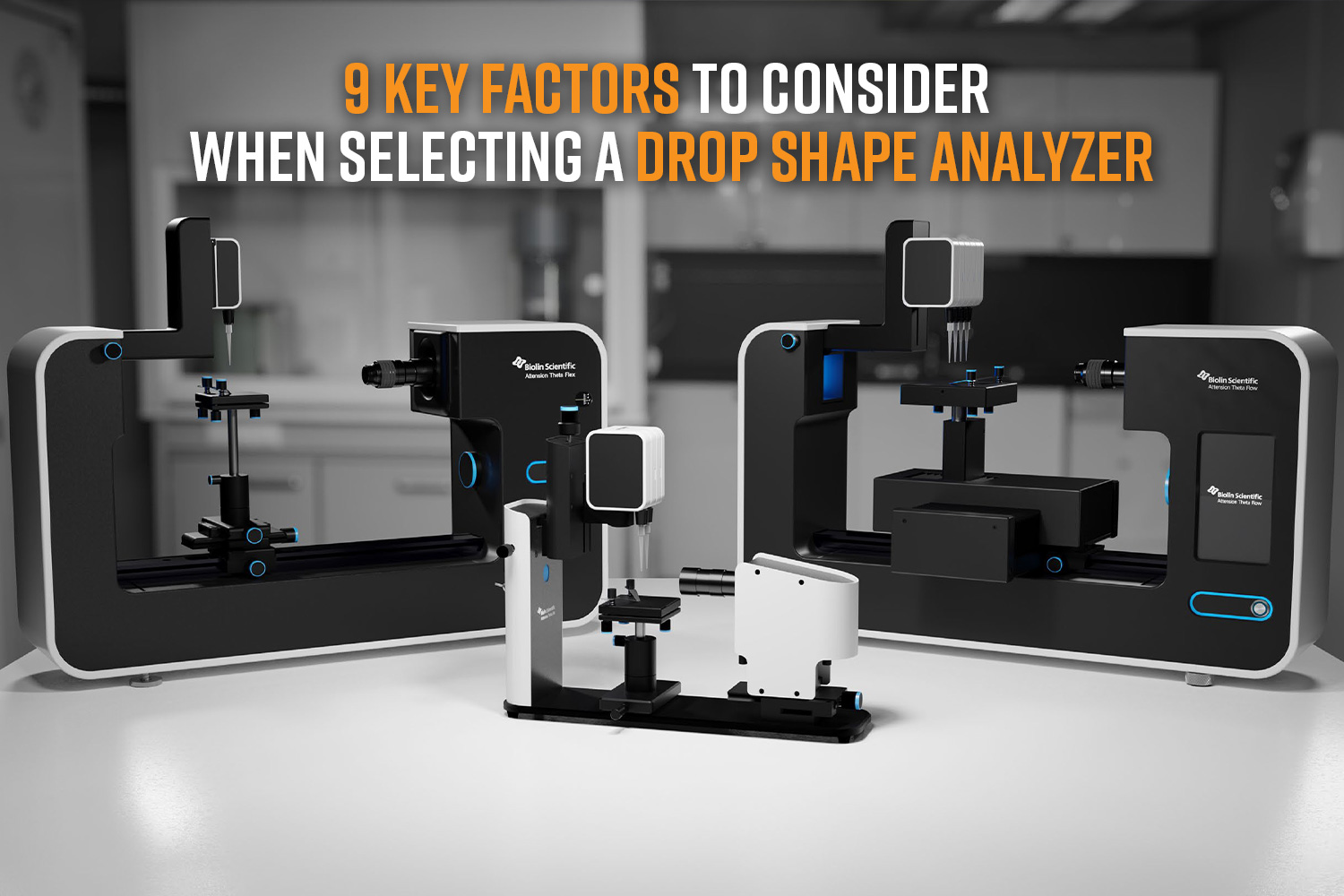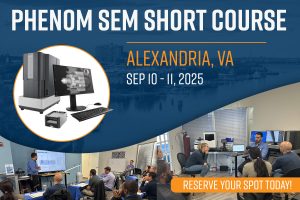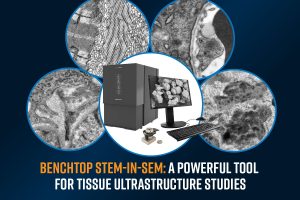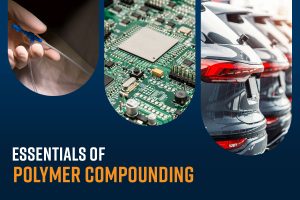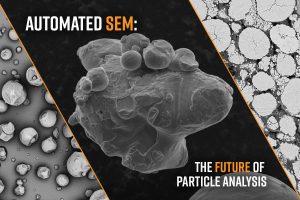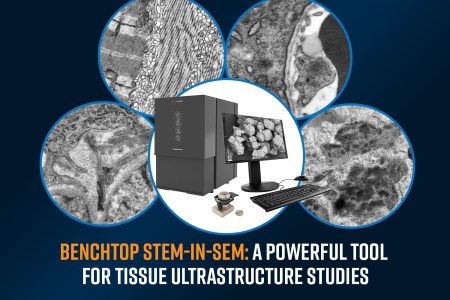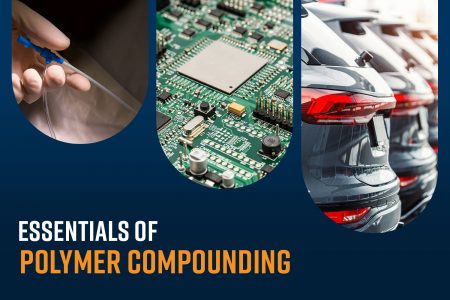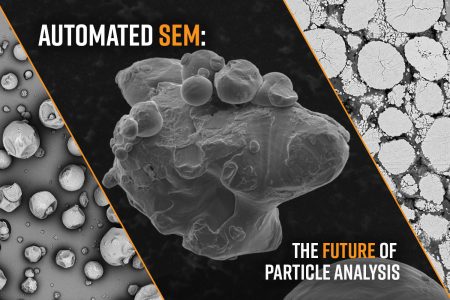Optical tensiometers, also referred to as goniometers, contact angle meters, or drop shape analyzers, are essential tools in materials science, enabling precise measurements of surface and interfacial tension of liquids and solids. Their use spans industries from coatings and electronics to medical devices, impacting research accuracy and industrial decision-making. Choosing the right tensiometer can optimize lab efficiency and improve data reliability. But selecting the right optical tensiometer may seem overwhelming with so many options with different capabilities that are available. Here’s a breakdown of the primary considerations to make an informed investment in the best optical tensiometer for your needs.

1. Application:
One of the most important considerations is to identify the material type (solid, liquid, powder) and specific measurement needs. For example, for measuring wettability of solid surfaces, standard sessile drop contact angle methods using an optical tensiometer is often suitable. However, if a surface has significant surface roughness, a system that can account for the effect of surface roughness on contact angle measurements must be considered. It is also important to determine if any unique conditions (e.g. high temperature, or specific liquid type) are required, as these may necessitate specific hardware or accessories.
2. Dispenser:
Precision dispensers ensure accurate droplet formation which influences the accuracy, versatility, and efficiency of an optical tensiometer. The dispensing range needs to align with the application and sample of interest. Versatile tip options and designs help accommodate various liquids and minimize contamination risk. Some tensiometers limit experimental flexibility due to their employment of single-use dispenser cartridges, offering only a handful of pre-made options from a restrictive list of available liquids. If your application demands the use of multiple liquids, or proprietary fluid samples/formulations, a tensiometer that performs measurements with any liquid of your choosing will provide more value over time. For specialized applications, positive displacement tips offer control for small volumes, improving accuracy, especially for dynamic measurements. Attension Theta Flow offers flexible options for dispensers, including multi-liquid auto-dispensers for nano- to microliter droplets, and a picoliter dispenser for applications that require even finer control over drop volume. The entire range of Attension Theta dispensers can be loaded with almost any liquid thanks to their interchangeable tips, providing maximum versatility in liquid dispensing.
3. Camera Resolution:
High-resolution cameras are crucial for capturing accurate contact angles, especially with small droplets or low contact angles. High-quality optics minimize errors in measurement by capturing fine details in droplet shape. This accuracy is important for producing reliable and reproducible data, especially in applications where small differences in measured contact angle imply significant differences in the properties of a material/surface of interest (Figure 1). Advanced optics and high frame rates also contribute to precise dynamic contact angle measurements and provide clear insights into time-dependent processes on surfaces. High resolution cameras (5-megapixel or higher) in combination with adjustable intensity light sources are important in resolving accurate drop shape silhouettes, like those found on the Attension Theta Flow.
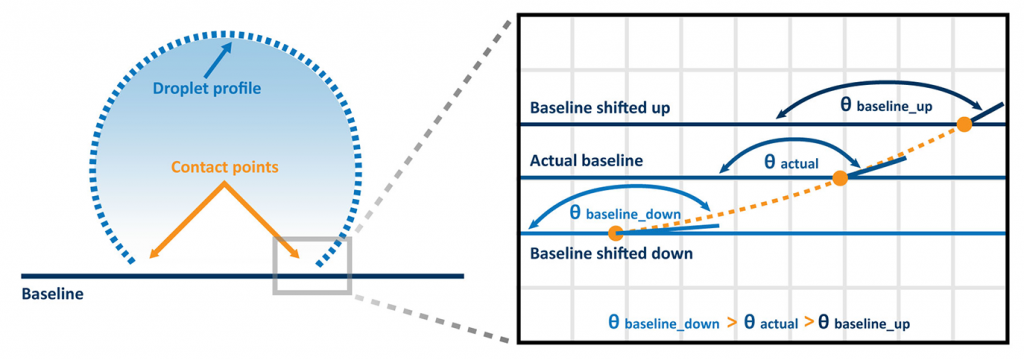
4. Accessories
If the application only requires standard sessile drop contact angle measurements, a standard setup may be sufficient. However, for more complex measurements, modular design and additional accessories might be required. For example, environmental chambers to control temperature and humidity around the sample, high-pressure chambers for simulating some real-world industrial conditions, and tilting stages for dynamic contact angle studies might be useful. Optical tensiometers with flexible, modular hardware allow for quick reconfiguration, accommodating a range of experimental needs.
5. Software
The usability and ease of use of the software that runs the optical tensiometer is of paramount importance. It should be easy for users to navigate the program and execute protocols. Another consideration should be the cost associated with licenses required to operate the software. Instruments offering all-inclusive software packages up-front can significantly lower the long-term cost of ownership. Cost transparency is critical to avoid hidden costs like subscription fees or additional charges for upgrades. Some tensiometer manufacturers require additional subscription licenses for more complex measurement methods beyond standard contact angle protocols. Others charge for upgrades when new and improved software versions become available. OneAttension from Biolin Scientific includes all measurement modes for one fee and offers free upgrades for the lifetime of the instrument.
6. Automation
Automated tensiometers can result in significant time and cost savings and reduce user-dependent errors—ideal for repetitive workflows. This can be especially valuable in high-throughput environments. Key automation features to look for include motorized stages and dispensers to simplify repetitive measurements, automated camera focus to enhance precision and reduce variability, and automated dispensers to ensure repeatability. Automation within the software helps streamline workflows further, allowing users to pre-program their own protocols and save them in a library for future experiments. To this end, the Attension Theta series of instruments provides flexibility while maintaining precision and accuracy for high-throughput labs and quality control lines. In addition to fully automatable hardware components, the Attension Theta Flow has a unique software feature called DropletPlus, which automatically enhances image contrast to enable more accurate fitting of the true baseline of the drop, distinguishing the fine details of the baseline from the background of the sample substrate.
7. Ease of Use & Maintenance:
Efficient setup, easy calibration, and maintenance are essential for a tensiometer’s longevity and usability. The instrument should be designed to make calibration and experimental setup easy and quick. Integrated sensors for critical settings such as camera tilt angle and instrument levelness help accelerate the calibration and setup processes as well. User-friendly interfaces, such as touchscreens for direct instrument control, enable ease of use. In addition to hardware considerations, the instrument control software should be simple and streamlined, such as the OneAttension software for the Attension Theta tensiometers. OneAttension simplifies workflows by offering the ability to pre-program each step of an experiment or select from a library of common measurement protocols and customize critical parameters. By providing users with the capability to write their own scripts based on their specific needs, future users can walk up to the instrument and complete tailored protocols to collect measurements with just a few clicks.
8. Support
It is important to choose a reputable manufacturer with reliable customer support, as this ensures smooth operation and extends the instrument’s lifespan. Ensure that the service is available for on-site support and remote troubleshooting. Preventative maintenance services should be offered to help extend the life of the instrument, and you should have easy access to service technicians for timely assistance if you have any issues with your tensiometer’s hardware or software. Access to application scientists will be useful for training and advanced setups. Reliable service helps prevent downtime and keep your instrument in optimal condition.
9. Cost
Optical tensiometer prices vary widely based on automation and accessories, from $10,000 to over $100,000. Careful considerations must be made to ensure that the necessary capabilities are included. A modular instrument, which lets you upgrade as a project evolves will be an ideal solution. The modular design of the Attension Theta optical tensiometers, allows you to purchase the basic system and easily add or modify the setup as the needs evolve. This is an excellent way to fit the tool into current budget constraints, while leaving the option to upgrade if project scope changes or more funding becomes available.
Conclusion:
Selecting the best optical tensiometer requires balancing application requirements, functionality, cost, automation, software features, budget and support. By evaluating these factors, you can make an informed choice, ensuring the tensiometer meets the needs of your application. An optical tensiometer tailored to your lab’s needs can enhance research precision, streamline workflows, and help make valuable discoveries across a wide range of applications.

